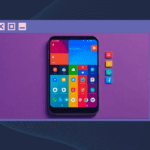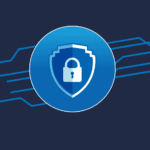Managing your screen time while still making calls on Android can feel like a balancing act, but it doesn’t have to be. Whether you’re looking to limit screen time to reduce distractions, combat digital fatigue, or build healthier habits, Android devices offer a variety of tools to make it easier.
This guide will walk you through practical steps to effectively limit screen time while still staying accessible for calls and other essential functions. By the end, you’ll have a clear strategy for maintaining productivity, reducing screen dependency, and staying connected when it matters most.
Why Limit Screen Time?
In our modern world, screens are part of almost everything we do work, socializing, and even relaxing. While technology helps us stay connected, too much screen time can have some unwanted side effects. Here’s a down-to-earth look at why it’s worth setting some limits on how much time you spend in front of a screen:
Eye Strain and Fatigue
Staring at screens for long periods can cause digital eye strain, leading to headaches, blurred vision, and dry eyes. Reducing screen time or taking regular breaks can help ease these symptoms and protect your eye health.
Reduced Productivity
Constant notifications and endless scrolling can easily distract you, making it harder to focus on important tasks. By limiting screen time, you can stay focused, work more efficiently, and get more done.
Sleep Disruption
Many of us check our phones or tablets right before bed, but the blue light from these devices can mess with your sleep patterns. It interferes with the production of melatonin the hormone that helps you fall asleep making it harder to get a good night’s rest. Reducing screen exposure in the evening can lead to more restful sleep.
Impact on Mental Health
Studies show that too much screen time is linked to higher levels of stress, anxiety, and even feelings of loneliness. Taking breaks from screens can help you feel calmer, more present, and mentally refreshed.
A Nielsen study revealed that the average American spends over 11 hours a day engaging with screens a sobering statistic that emphasizes the importance of achieving a healthier digital balance.
By setting screen time limits, you can improve your well-being, enhance productivity, and enjoy a more fulfilling life.
Smart Ways to Control Screen Time on Android
Android devices come equipped with powerful built-in tools to help you control your screen time while maintaining a balanced digital lifestyle. These tools are easy to use and can significantly enhance productivity and well-being.
1. Digital Wellbeing
The Digital Wellbeing feature acts as your assistant for managing device usage. Its intuitive dashboard provides insights into your app usage, notifications, and the number of times you unlock your phone. Here’s what you can do with it.
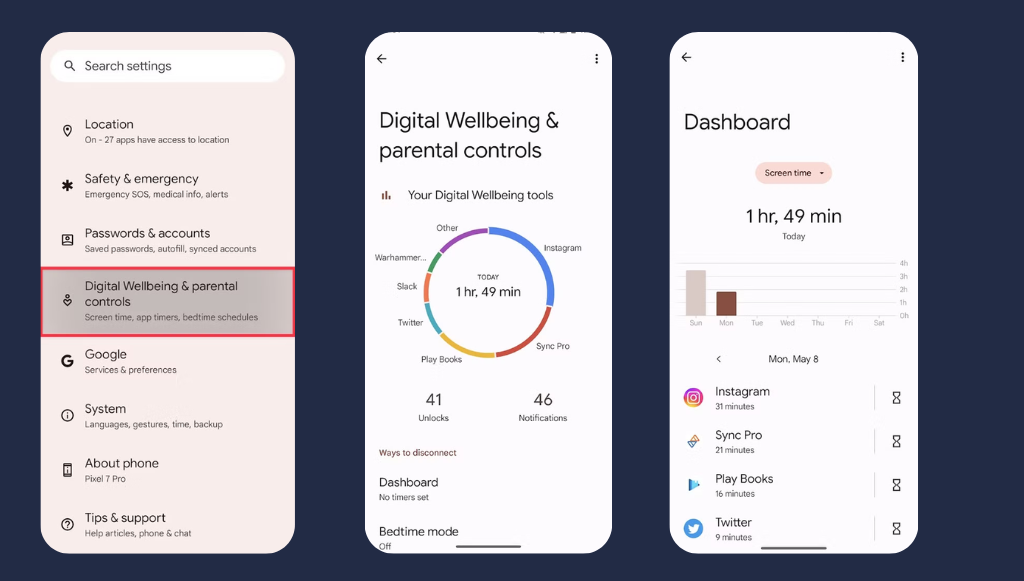
Set Daily App Limits: Avoid overusing apps by setting specific time limits. Once the limit is reached, the app is paused for the day.
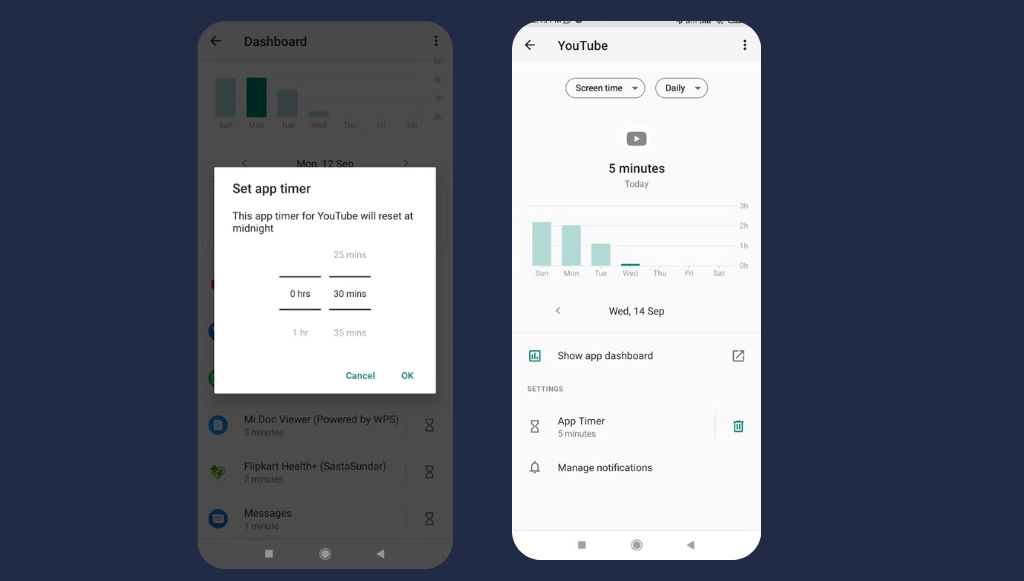
Enable Focus Mode: Silence distracting apps with a single tap, helping you concentrate on work, studies, or family time.

Use Bedtime Mode: Transition smoothly into a restful night by enabling features like grayscale and Do Not Disturb to minimize disruptions during your sleep hours.
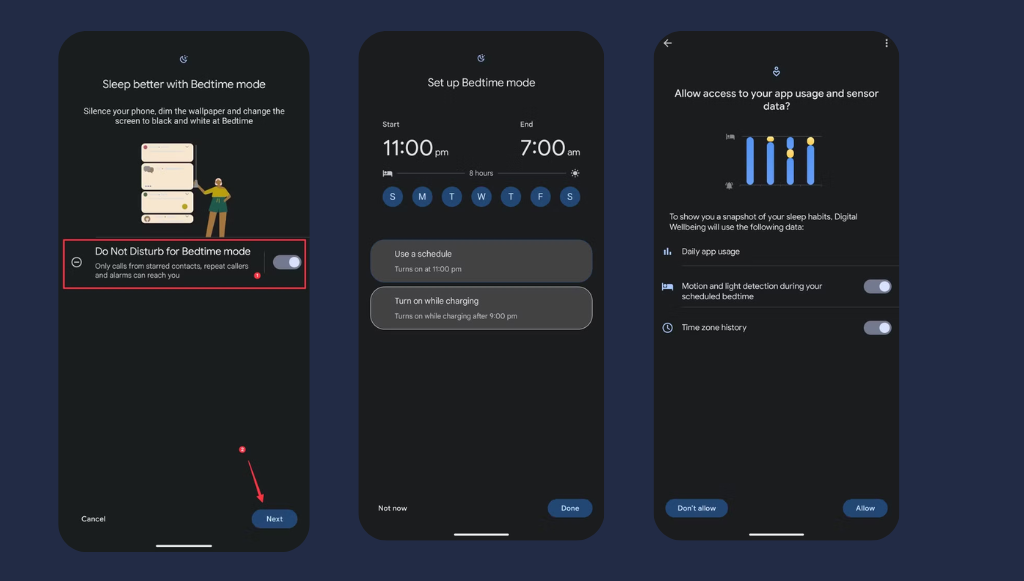
more meaningful moments in your day.
2. Third-Party Apps
If Android’s built-in tools feel limited or don’t fully address your specific needs, third-party apps can step in to provide more advanced features for managing screen time. They not only track your usage but also help you build healthier digital habits.
1. RescueTime
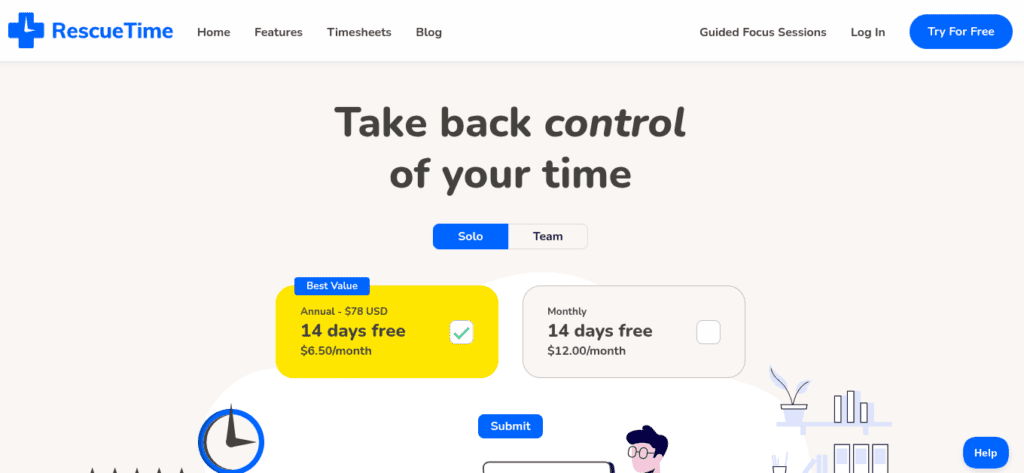
Ever catch yourself mindlessly scrolling on social media when you meant to do something else? RescueTime is designed to help you see exactly where your time goes. By monitoring the time spent on different apps and websites, it provides weekly reports and alerts to keep you aware of your habits. With goal-setting and distraction-blocking features, RescueTime helps you reclaim those lost minutes and even hours by keeping you focused on your priorities.
| Pros | Cons |
|---|---|
| ✅ Detailed time tracking | ❌ Privacy concerns |
| ✅ Weekly reports & alerts | ❌ Premium features needed |
| ✅ Goal setting features | ❌ Overwhelming data |
| ✅ Distraction blocking |
2. Freedom
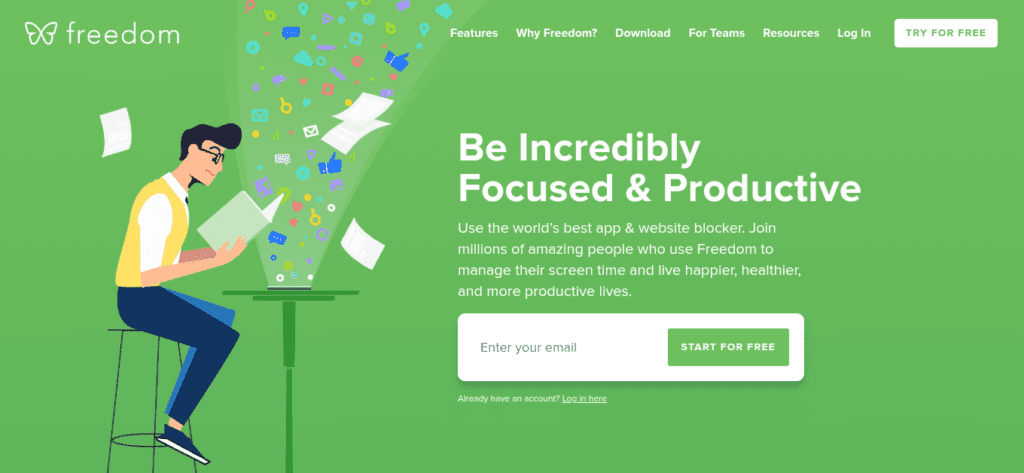
Freedom works across multiple platforms (Android, iOS, Windows, Mac, and even Chrome) to block distracting websites and apps during your scheduled focus times. Instead of using harsh reminders, it gently informs you that “You are free” from distractions whenever you try to access a blocked site. This positive reinforcement makes it easier to stick to your screen time limits while you work or relax.
| Pros | Cons |
|---|---|
| ✅ Cross-platform compatibility | ❌ Subscription required for full features |
| ✅ Blocks distracting websites & apps | ❌ Limited customization options |
| ✅ Positive reinforcement with gentle reminders | ❌ May not block all distractions consistently |
| ✅ Scheduled focus times |
3. Space
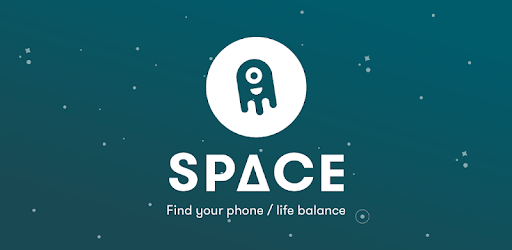
If you enjoy a bit of friendly competition, Space could be the app for you. It tracks your phone use and displays your progress on a calming, space-themed dashboard. You can even invite friends to join you, allowing you to compare habits and support one another in reducing screen time. The social aspect adds a fun, motivational twist to staying focused throughout the day.
| Pros | Cons |
|---|---|
| ✅ Encourages friendly competition | ❌ Not ideal if you prefer solo tracking |
| ✅ Calming, space-themed dashboard | ❌ Limited in-depth analytics |
| ✅ Tracks phone use effectively | ❌ Relies on group participation |
| ✅ Social support from friends |
4. Forest
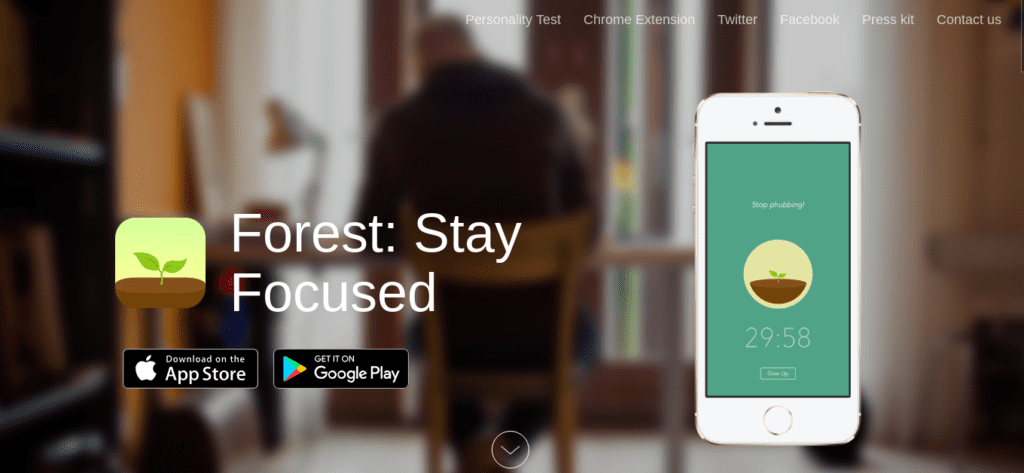
Forest offers a unique twist on staying away from your phone: it turns your focus time into a tree-planting activity. Every time you want to concentrate, you “plant” a virtual tree that grows as long as you keep your device untouched. If you give in to distractions, your tree withers away. Plus, Forest partners with real-world tree-planting organizations, so your efforts help contribute to the environment—a win-win for your productivity and the planet.
| Pros | Cons |
|---|---|
| ✅ Gamified focus | ❌ Limited analytical insights |
| ✅ Real-world tree planting | ❌ Customization options are minimal |
| ✅ Engaging visuals | ❌ Gamification may not suit everyone’s style |
| ✅ Encourage mindfulness | ❌ Interruptions can disrupt focus sessions |
5. Flipd
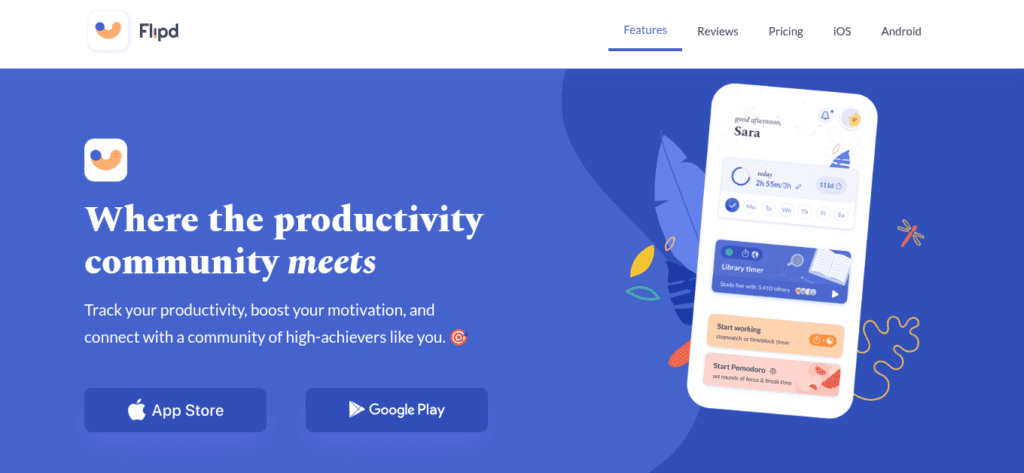
Flipd combines screen time tracking with features that boost your overall productivity. The app allows you to lock distracting apps and provides reminders to help keep you on track. Beyond simple tracking, Flipd offers access to motivational content, mindfulness tips, and productivity tools. You can even join groups of like-minded users for added accountability, making it easier to meet your screen time goals together.
| Pros | Cons |
|---|---|
| ✅ Screen time tracking | ❌ Some features may require a subscription |
| ✅ Locks distracting apps | ❌ Limited customization |
| ✅ Offers motivational content | ❌ Can feel overwhelming with many tools |
| ✅ Provides mindfulness tips |
These apps are ideal for users who want to limit their screen time without sacrificing their ability to stay in touch. They provide a flexible, user-friendly way to maintain productivity and manage distractions.
5 Tips for Managing Screen Time
1. Get real about your habits
The first step in managing screen time is to honestly assess your current usage. Take a moment to ask yourself:
- How often do I reach for my phone?
- Which apps genuinely add value to my day, and which are just distractions?
- Do I really need to check that notification right now?
If you frequently text while walking, check your phone after work hours, or respond instantly to every alert, a digital detox might help.
Use your phone’s Screen Time feature to track your most-used apps, pickups, and notifications. Seeing the numbers makes it easier to set clear goals, reduce distractions, and build healthier digital habits.
2. Establish Clear Boundaries for When and Where You Use Your Phone
A simple yet powerful way to reduce screen time is to set explicit limits on when and where you use your phone. Consider designating specific situations where your phone stays out of reach. For example:
- Morning Routine: Try to avoid your phone as soon as you wake up.
- Before Bedtime: Set a cut-off time to reduce blue light exposure and promote better sleep.
- Work Meetings: Keep your phone aside to stay fully present.
- Meal Times: Enjoy uninterrupted conversations by leaving your phone out during meals.
- Quality Time with Loved Ones: Focus on face-to-face interactions instead of digital distractions.
- During Commutes: Use travel time to relax or engage in activities that don’t involve your phone.
Creating a personal list of these boundaries can serve as a helpful checklist to guide you throughout the day. By clearly defining when and where your phone is off-limits, you’ll naturally reduce your overall screen time and foster more meaningful connections with those around you.
3. Delete Apps You No Longer Use
Simplify your digital life by removing apps that aren’t essential. The fewer apps on your phone, the fewer opportunities you have for distractions and notifications. Start by reviewing your apps and ask yourself:
- Do I really use this app?
- Is it adding value to my day, or just cluttering my screen?
For instance, if you’re juggling multiple dating apps without success, consider keeping just one or two that truly work for you. By deleting apps that no longer serve a purpose, you not only free up space on your device but also create more room in your day and mind for what really matters.
4. Change Your Notification Settings
Notifications are major distractions that pull you back into your phone, even when you’re trying to focus on other things. A simple solution is to adjust your notification settings so that only the most important alerts come through. Here’s how you can do it:
- Go to Your Settings: Open your phone’s Settings and tap on “Notifications.”
- Review Each App: For each app, decide whether you need notifications. Disable them for apps that aren’t essential.
- Customize Alerts: For the apps you keep, adjust the alert style and frequency to minimize interruptions.
- Silence Group Chats: Group messages can be particularly distracting. Mute or customize these chats to reduce the constant buzzing.
For instance, I disabled notifications from around 20 apps and fine-tuned the settings on a dozen more. This change significantly reduced the number of distractions throughout my day, allowing me to focus better and reduce unnecessary phone checking.
By taking control of your notifications, you create a more intentional digital environment where your attention is preserved for what truly matters.
5. Ask Someone to Do This With You
Changing habits is easier when you have a buddy by your side. Studies show that a support system greatly increases your chances of success when making lifestyle changes. Invite a friend, family member, or coworker to join you in a digital detox. Here’s how to make it work:
- Set Shared Goals: Agree on specific times or situations when you’ll put your phone aside.
- Hold Each Other Accountable: Check in regularly and encourage one another to stick to your goals.
- Create Group Norms: For instance, everyone at dinner can turn their phones to silent or place them in a central spot.
When you share the journey, you not only make the process more fun but also reinforce your commitment to reducing screen time. The support of others can help you stay on track and build healthier digital habits together.
Conclusion
Managing screen time isn’t about cutting yourself off from the digital world it’s about creating balance. By setting clear boundaries, limiting distractions, and using tools like Digital Wellbeing, you can take control of your phone habits without feeling disconnected. Small changes, like reducing notifications or setting phone-free times, can make a big difference in your daily life.
What strategies have worked for you? Share your thoughts in the comments and let’s help each other build healthier, more mindful screen habits!



